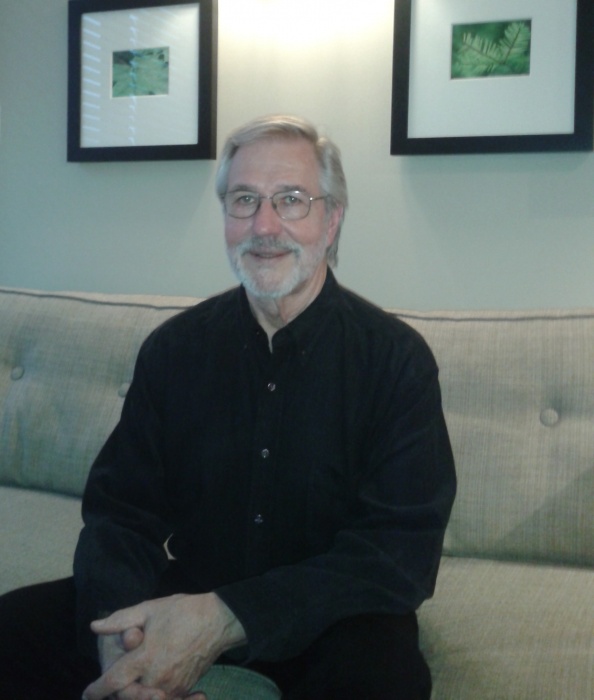Are the days that we can look up at a clean sky and see a vast expanse of stars and contemplate the depths of our existence numbered? Human impact is now being felt in space, and aside from the development of megacities with buildings and lights that block the stars, the days of the big sky are gone, and the weight of space junk is above us.
When Don Kessler first began working on his space junk theory within the walls of NASA in the late 1970s, he came up against a lot of opposition. But, with time, it would become clear that he was right.

“The general thinking at that time was that ‘space is infinite, you don’t need to worry about it; the probability of any satellites colliding is very small,’” says Kessler, who is now retired from NASA.
However, with the energy crisis in the ‘70s, solar stations became the buzz, and Kessler was assigned to look at the environmental concerns related to the stations. This was also his chance to look further into space junk.
“I had wanted in 1970 to look at the debris issue, but I didn’t have a good enough excuse because my management had wanted me to do other things,” he says. “So I was looking for an opportunity to do that and that’s when I looked at the debris issue, trying to understand solar stations.”
Space junk is no arbitrary matter. The amount of space junk in earth’s inner atmosphere, up to 1500 kilometres above earth’s surface, is 2.5 million kilograms. Space junk is spacecraft that are launched into space and then left there, as well as the debris created from the collision of these spacecraft.
“An average collision will produce about 100 fragments that are massive enough that if any one of those 100 fragments go and hit another satellite it would catastrophically break it up into a similar type of event,” explains Kessler. “And then at smaller sizes you get about 100,000 objects, and then one million objects.”
Space junk is growing and there isn’t much hope to repair the situation, according to Kessler. Despite people saying that technology will make things more efficient and reduce waste, the growth of space junk isn’t reversible. Efforts to reduce space junk are necessary, but will not solve it, he says.
“What it boils down to is we started that too late,” says Kessler. “We should have started that 20 years earlier, in order to not have gone over this tipping point where we have so much up there that even if you don’t put anything else up there, we’ll create a collisional cascade within 100 years. Without the mitigation strategy, it would be 50 years.”
Space Junk, an IMAX film about Kessler’s research, opens at the BC Royal Museum on October 25, with special presentations by Kessler on October 23-24.
“We [will] have 2.5 million kilograms of already processed material in one place [if we gather it], and plan to process it someway in the future,” reveals Kessler. “But if you go that route you have to have a plan.”
Space Junk (w/ presentation by Don Kessler)
October 23-24 (film runs October 25 onwards)
Royal BC Museum, 6-7:30 pm
imaxvictoria.com
